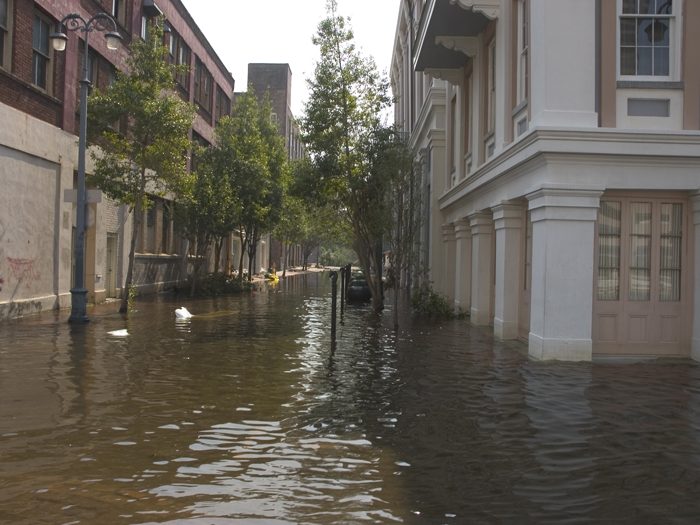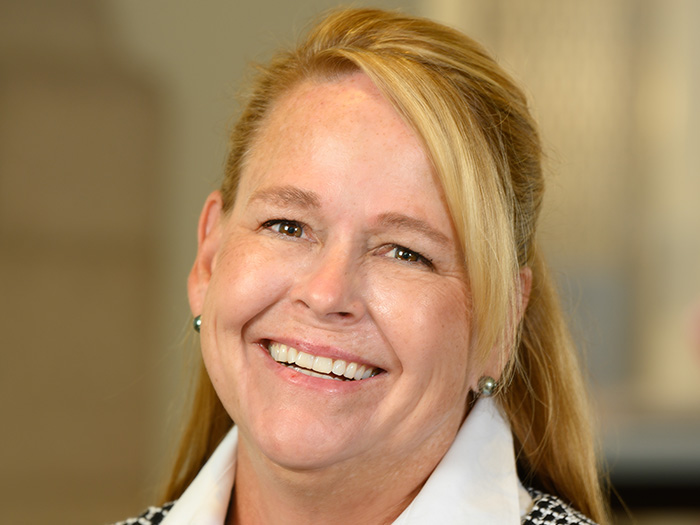Flood Resiliency
FEMA’s Revisions May Result in Less Flood Protection

No one is more impressed than Susan Williams by the shoring up of 50 levees and rehabilitation of flood walls and pumping stations overwhelmed when Katrina struck New Orleans hit in 2005.
Nor is CoreLogic’s content strategist surprised by the result: FEMA map revisions that removed nearly 60,000 homes from the Special Flood Hazard Areas (SFHA) on Sept. 30, exempting their owners from mandatory compliance with NFIP flood insurance requirements.
But Williams’s buoyant mood comes with a caveat.
“If the lender only follows the government guidelines, homeowners would not be required to obtain flood insurance. But just because they’re not in that flood hazard area anymore because of the new mapping doesn’t mean the flood risk has gone away.”

John Elbl, vice president, AIR Worldwide
John Elbl, vice president at AIR Worldwide, agreed with that assessment, fearing individuals still at great risk may elect to drop flood coverage from their policies to save money in the short term.
“We’re hopeful private insurers will step in to help fill this protection gap by charging actuarially sound rates and providing policyholders with more comprehensive coverage options.”
The problem may not be private insurers, however, but the banks. A year ago, Elbl noted the opportunities for insurance industry to provide alternative coverage to the NFIP ran into complications, not the least of which was reluctance on the part of banks to accept policy wording that wasn’t identical to the NFIP’s.
That uncertainty, he said at the time, “restricts the ability of the customer to choose private coverage.”
Today, Elbl said insurers considering entering the market to compete with the NFIP are pinning their hopes on expected NFIP rate increases driven by the program’s $24 billion deficit and its inability to offer more than limited coverage for policy holders.
“NFIP policies do not cover basements, do not include payouts based on loss of use of a property, and only pay actual cash value, less depreciation, as opposed to standard HO3 policies which pay out full replacement costs.”
Another bright sign, added Williams, are for properties in areas of greatest risk and who pay the highest rates.
“The cost of flood insurance should go down and hopefully that will in turn make people more interested in getting coverage. That in turn adds to the resilience of the area.”
Overly Optimistic Message
Dean Basse couldn’t disagree more. The general manager at Dan Burghardt Insurance in New Orleans said an overly optimistic message to cash-starved homeowners about the city’s improved levee system will disincentivize them from obtaining flood insurance when they’re no longer required by federal law to do so.
“We can’t give away a policy unless they’re forced to buy it,” says Basse. “They won’t buy flood insurance voluntarily even at the PRP rate.”
Moreover, the infrastructure rehab along Louisiana’s 300-mile coast line, said Basse, may not be the final answer in flood protection.
“They spent a billion dollars to build this giant rock wall and someone forgot that it’s still built on mud. Our mud is not known for being the most solid thing in the world. And it’s sinking.”

Jackie Noto, model product manager, Risk Management Solutions
It gets worse, Basse added, the next time another major catastrophe hits New Orleans like Katrina, like Betsy in 1965 or the “thousand-year rain” that dropped onto Louisiana this year.
Jackie Noto’s concerns are more for the NFIP itself, which was intended, the model product manager at Risk Management Solutions said, to support the original charter and objectives of the Flood Protection Act.
Unfortunately, said Noto, “the NFIP is 50 years old and its methodologies and approach haven’t aged gracefully.”
What the NFIP must do, she said, is “move away from this `in or out’ mentality. What matters is the depth, severity and frequency of flood risk for our entire area.”
“That’s also been proven in the recent Louisiana flooding as well where buildings that were damaged weren’t considered on plain and still aren’t as recently as FEMA’S map updates. That’s definitely not an adequate approach.”
To those insurers who believe there is no such thing as a bad risk, only a bad price, Noto said their business actually improves the more they are able to differentiate risk.
“When they have information on the level of protection and probability of flood defense failure, that allows them to price risk to reflect the appropriate risk itself.”
Unfortunately, Noto added, “that’s not something the insurance industry is used to.”










